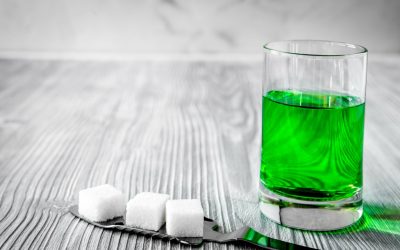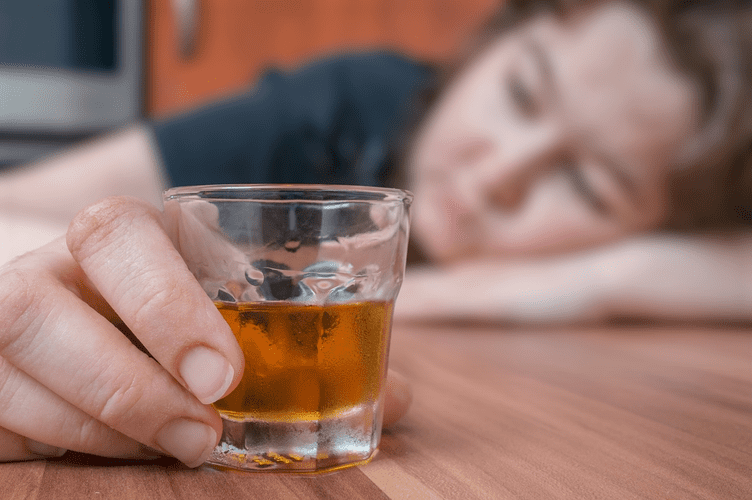Contents
If we continue to do the right thing and to foster a mindset based on realistic thinking and real moral values, we can overcome these hardships. And in doing so, we will strengthen our belief in the value of our sobriety so that our spiritual journey may continue unimpeded. Most people probably haven’t heard of the Jellinek Curve before, but it’s a useful thing to understand.

John joined Amethyst as a behavioral health technician where he quickly developed strong personal relationships with the clients through support and guidance. John understands first hand the struggles of addiction and strives to provide a safe environment for clients. In stage three, alcohol is affecting the person’s mental, physical, social and spiritual health.
From the CAS Archives Phases of “Phases of Alcohol Addiction”: The story behind Bunky’s Doodle
To some, it is just a basic depiction of the manner in which some addicts and alcoholics experience addiction and recovery. But if you choose to use it for a greater purpose, it can be a highly useful tool. There are a few benefits we may reap from a better understanding of the alcoholic pancreatitis, not the least of which is the ability to better recall the timeline our struggles.

As our addiction begins to deteriorate us both physically and morally, we will find ourselves at wit’s end. Resentments against others may grip us to the point of irrationalanger, andwe will often take leave of our inhibitions. This urgency will be heightened by the fact that we are often drinking in secret at this point, and we must, therefore, take our first drink whenever the opportunity presents itself. As our dishonesty worsens, we will feel guiltier about our actions but will feel less able to discuss them. Looking at the Jellinek Curve, many of us can easily recall our own journey through each of these many stages.
Related Articles
It also shows what resources you may need to keep moving forward. I offer an interesting twist to the recovery part of the curve, it offers a reasonable and fair account of my 23 years dry. Some 5 years ago a series of events at work left me with PTSD and the decline into the pit is the same minus the alcohol. The part that I find difficult is that today my life is unmanageable and I am back to where I started mentally. In many regards what I am saying is that I have never been that far out of the woods.
- People may also drink by themselves more often during this stage.
- If they stop drinking without medical help, they will experience life-threatening withdrawal symptoms.
- I can’t remember whether “vague spiritual desire.” was on it or not.
- However, scientists have analyzed behavioral patterns that are universal among people who are struggling to break free from addiction, and their findings can give you hope in the form of the Jellinek curve.
- As shown in the Jellinek curve phases, alcoholism is a biological disorder that can be completely overcome.
- Jellinek, a founder of modern addiction science in the early and mid-1900s, worked to formalize stages of addiction that could apply to large groups of people.
The manual lists 11 questions used to uncover typical symptoms. If you or someone you know has two of the symptoms in a 12-month period, they’ll be diagnosed with AUD. If there are any concerns about content we have published, please reach out to us at Neither how to quit drinking or at least cut back Addiction Group nor AAC receives any commission or other fee that is dependent upon which treatment provider a visitor may ultimately choose. All Addiction Group content is medically reviewed or fact checked to ensure as much factual accuracy as possible.
What is the Chronic Phase?
In the 1930s he returned to the U.S.A. and worked at the Worcester State Hospital, Worcester, Massachusetts, from whence he was commissioned to conduct a study for the Research Council on Problems of Alcohol. The eventual outcome of his study was the 1942 book, Alcohol Addiction and Chronic Alcoholism. As of 2020, the number of drug-involved overdose deaths reached an all-time high of 91,799, according to the National Institute on Drug Abuse.
Quickly, the idea of God and praying seemed to lack resonance, and has remained so. That much said – for practical purposes we do have to take responsibility each of us for whatever predicament we’re in. I dabbled in spiritual things along my way toward active alcoholism. I did a variety of psychotherapies too, some of which could be said to include spiritual elements. Later on we were only interested in beer and sex, and later on yet, only beer.
Jellinek Award
Through his studies of alcoholism, and thanks to his fascination with the drinking histories of alcoholism, Jellinek began to recognize that alcoholism had a pattern of progressive phases. With the visual aid of the illustration, the Jellinek Curve provides a clear, accessible model of addiction. Because the Jellinek Curve is broad, it can apply to other forms of addiction besides alcoholism, including drug addiction, gambling addiction and more. The FHE Health team is committed to providing accurate information that adheres to the highest standards of writing. If one of our articles is marked with a ‘reviewed for accuracy and expertise’ badge, it indicates that one or more members of our team of doctors and clinicians have reviewed the article further to ensure accuracy.
Jellinek Curve
Cori’s key responsibilities include supervising financial operations, and daily financial reporting and account management. Cori’s goal is to ensure all patient’s needs are met in an accurate and timely manner. She is a Certified Recovery Residence Administrator with The Florida Certification Board and licensed Notary Public in the state of Florida. Her experience includes accounting and finance training. More than anything, the Jellinek Curve should act as a symbol for why we should wish to remain sober.
He used a sample size of fewer than 100 people, none of whom were women . Despite these limitations, however, Jellinek’s work was highly original. In addition, medications may be able to help ease or stop drinking and guard against relapses. The severity of the AUD depends on how many of the symptoms they have. A hit on six or more questions can be considered a severe case of AUD. Officially, AUD is diagnosed using the Diagnostic and Statistical Manual of Mental Disorders .
Stages Of Alcoholism & The Jellinek Curve
Max Glatt was sort of the British counterpart to Jellinek, but apparently much more involved in treatment of alcoholics. The Jellinek Memorial Award, or Jellinek Award, is an award presented annually by the Jellinek Memorial Fund in Jellinek’s honor. It is given to a scientist who has made an outstanding contribution to research on alcohol or alcoholism. Winners receive a cash prize of US$5,000, as well as a bust of Jellinek with a personalized inscription. They asked Jellinek, then at Yale, to test whether the absence of that particular chemical would affect the drug’s efficacy in any way.
My only beef would be that the slopes of the addiction and recovery curves are identical. I spent 40 years on the addiction path, and so far, less than 8 on the other side, and now it’s much flatter. Sorry, I’m an engineer and generally think anal analytical. Somewhere along the way, I did experience those ‘vague spiritual desires’, mainly brought about by watching Kung Fu or some Native American movies (e.g. Dances with Wolves or with Chief Dan George – NO John Wayne). Even went to church with my wife off and on to smooth out ruffled feathers, and if you listen just a little, you hear things that make you think just a bit. But drinking becomes a full time job with no time for such foolishness.
Looking backward through the haze of drugs and alcohol that comprised our daily living for so long a time, it can be difficult to make out the shapes of our experiences. As we analyze the Jellinek Curve, we may begin to recall various legs of our journey. Thanks to Glatt, we can use Jellinek’s work to develop a keener understanding of our journey through addiction and recovery.
Our fellowship seems to me to work the same way as booze; the connectedness, the acceptance, the sharing and encouragement allowed me to feel ok in my own skin. I think the disease concept is a useful metaphor, as opposed the notions that alcoholism is a sin, moral failing, bad habit, etc.. However, I prefer to call it a physical addiction to the drug, ethyl alcohol — an signs and symptoms of alcoholism addiction that is fatal unless arrested through abstinence. Most of the elements along this curve are familiar to an alcoholic in recovery. What I will focus on here, however are those entries which relate to the realm of the spiritual because there’s something funny going on. On the Recovery side of the Curve we find, relatively early on “Spiritual needs examined”.
However, there’s little evidence of a real problem because your child will still function even if larger quantities of alcohol are being consumed. At this point, your teen is beginning to develop an increased tolerance of alcohol. Some may not see this sort of deeper meaning in the Jellinek Curve.


